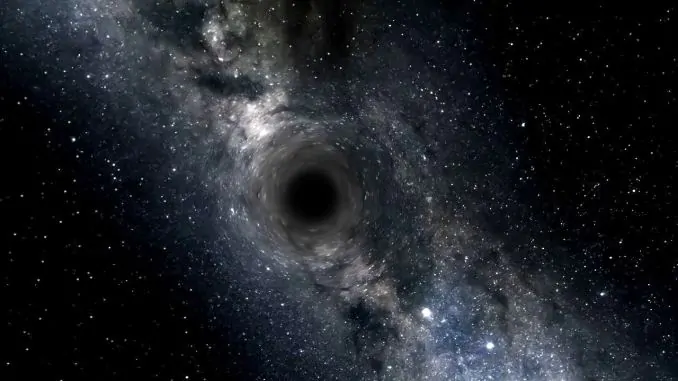Scientists found a vast collection of more than 100 black holes inside of our galaxy.
Black holes are found in the center of a cluster of stars more than 80.000 light-years away, which is home to about three times the number of black holes predicted by scientists. In a few billion years, the stars themselves will be ejected, leaving only black holes behind.
The discovery helps us understand the mysterious star cluster, known as Palomar 5, and how it might evolve in the future, but it could also help us understand the fate of other similar clusters within our galaxy. More: it could also help us explain the strange phenomena that have recently been found in our galaxy, of thin streams of stars that do not appear to be connected to such a cluster.
Large clusters filled with black holes, like Palomar 5, may have given birth to those inexplicable streams, the researchers suggest.

A space “Rosetta stone”.
“We don't know how these streams form, but one idea is that they are disrupted star clusters,” he says Mark Gieles, who works at the Institute of Cosmos Sciences of the University of Barcelona and is the lead author of the article.
However, none of the recently discovered streams have an associated star cluster, so we can't be sure. So, to understand how these flows formed, we need to study one with a star system associated with it. Palomar 5 is the only case of its kind. A Rosetta Stone for understanding flow formation, and that's why we studied it in detail.
Mark Gieles
Palomar 5 is located in the “galactic halo,” an area populated by old stars found around the Milky Way. It is one of the sparsest clusters in the halo. It is also known for its two long "tails", made up of extensive streams of ejected stars. Those tails stretch across the night sky, allowing scientists to use them as a key way to understand how they form throughout the universe.

Research
In the new research, scientists individually simulated the lives of stars in the cluster. Researchers can't look for black holes on their own (as the name suggests, they're impossible to see) and so the new study relies on a method to learn how many there might be.
“A large fraction of binary black hole mergers are believed to form in star clusters,” he said Fabio Antonini, co-author of the study from Cardiff University. “A big unknown in this scenario is how many there are in the clusters, which is hard to understand because we can't see them. Our new method gives us a way to know how many black holes there are in a star cluster simply by looking at the stars they eject.”
With this method that observes the two characteristics just exposed (extended structure and tails) it is observed that there could be about 100 black holes: 20% of the total mass of this star cluster.
There are so many of them and so massive, that the stars will be lost faster than them. Therefore, in the simulation the cluster then swelled and its tail grew. Eventually, the black holes will have such a gravitational pull within the cluster that all the stars will be ejected from it and it will only consist of the black holes.


